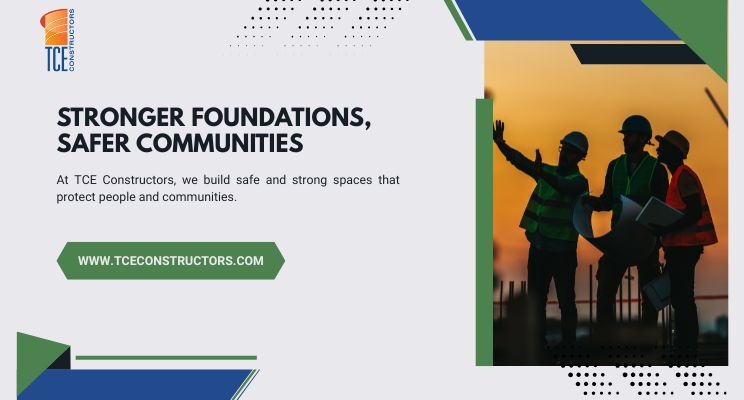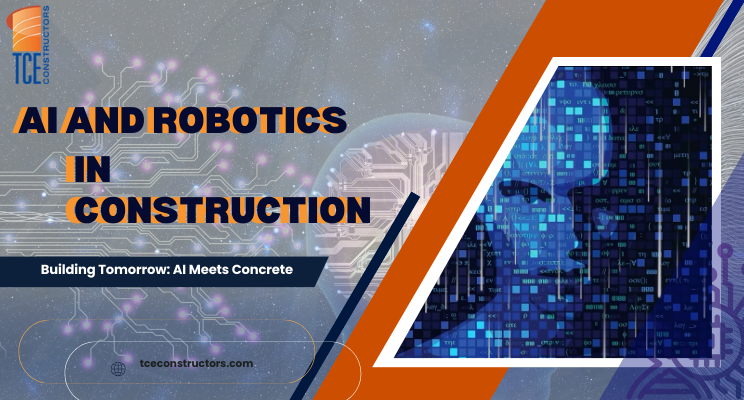
The recent earthquake in San Francisco has been a wake-up call for many of us here in California. Even though San Diego is hundreds of miles away, it’s a reminder that we all live in earthquake country.
At TCE Constructors, we don’t just see headlines like this as news—we see them as lessons.
Every tremor reminds us why our work as general contractors matters. A building isn’t just concrete, steel, and wood—it’s where families sleep, where teams gather, where life happens. Our job is to make sure those spaces are safe when the unexpected strikes.
In San Francisco, property owners are now facing stricter requirements for seismic inspections and retrofits. Here in San Diego, we may not be under the same mandates, but the responsibility is just as real. Whether it’s reinforcing foundations, upgrading older structures, or following the latest building codes, we put safety and resilience at the heart of every project.
At the end of the day, construction isn’t just about raising walls—it’s about protecting people. When the ground shakes, the strength of your building should give you peace of mind, not cause for worry. That’s why at TCE Constructors, we don’t just build—we build with care, foresight, and a commitment to the communities we call home.



 Flexible and Adaptable Workspaces
Flexible and Adaptable Workspaces